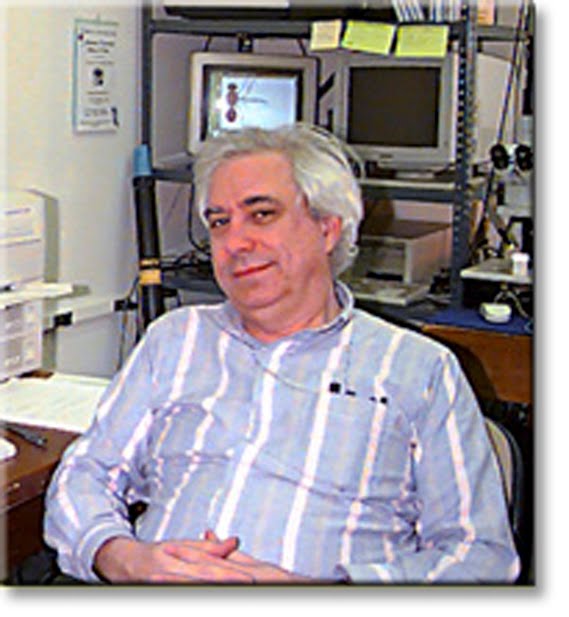BHL and Our Users: Dr. F. Christian Thompson
 This week we feature a user that has been active in BHL development since the beginning of the project, helping to see it go from a single digitization instance to an incredible digital library with over 34 million pages of digitized literature. An adjunct research scientist in the Entomology Department at the Smithsonian Institution, we are proud to highlight Dr. F. Christian Thompson.
This week we feature a user that has been active in BHL development since the beginning of the project, helping to see it go from a single digitization instance to an incredible digital library with over 34 million pages of digitized literature. An adjunct research scientist in the Entomology Department at the Smithsonian Institution, we are proud to highlight Dr. F. Christian Thompson.
Q: What is your title, institutional affiliation, and area of interest?
A: Adjunct Research Scientist, Emeritus; Department of Entomology, Smithsonian Institution. My interests include flower flies and others; their diversity; cybertaxonomy; and better ways to do things today.
Q: How long have you been in your field of study?
A: My first paper was published in 1965, so I have been working on flower flies for about a half-century.
Q: When did you first discover BHL?
A: I did not discover BHL, but helped create it. Back in 1996 when the Smithsonian was preparing for its 150th celebration, there was a desire to go online in order to share the event with the widest possible audience. So, the Smithsonian Libraries did a demo project and put online Weber (1796) that summer, a rare book from its collections which highlighted another collection two hundred years earlier! Thus began the endeavor of digitizing scientific works, an idea that eventually became BHL.
Q: What is your opinion of BHL and how has it impacted your research?
A: I have only the highest opinion of BHL. The key question is NOT how it has impacted my research but how it impacts and will continue to impact the research of my students and the younger generation. My generation built libraries of reprints and xerox copies. Today workers build digital files of critical works, and the BHL is the best source for these old works.
Q: How often do you use BHL?
A: At least a couple of times a week and sometimes multiple times in a day. If I am in the final process of finishing a research manuscript, I will repeatedly go online to check references and sometimes include the appropriate URL in my manuscript.
Q: How do you usually use BHL (read the titles online/download whole PDFs/Selecting Pages to Download/etc.)
A: On occasions, when I need something in PDF format to share with colleagues, I go first to BHL to see whether they have done the work. If so, then I download the pages we need. Naturally, over my years of work, I have developed a very large personal library, so most things I already have in the traditional printed format. HOWEVER, because my library has become so large, I frequently go to the BHL as it can be faster than getting up from my computer and looking for something in my library!
Q: What are your favorite features/services on BHL?
A: Obviously, my favorite service is simply having RARE natural history books available to all.
Q: If you could change one thing about BHL, what would it be, or what developmental aspect would you like the BHL team to focus on next?
A: BHL is growing. Hence, there are various things that can be improved. Unfortunately with only limited resources, what is the most important? Pragmatically I feel the first priority remains scanning MORE PAGES. Later given more funding, etc., BHL can go back and clean up its metadata, etc.
Q: If you had to choose one title/item in BHL that has most impacted your research, or one item that you prefer above any other in BHL, what would it be and why?
A: My favorite item remains the first item that the Smithsonian Libraries put online years ago. That is, the Sturm (1796) Verzeichniss Meiner Insecten-Sammlung, as that was the beginning of the BHL.
Thank you, Dr. Thompson, for your influence over the development of the project and your continued feedback provided for our development. To learn more about Dr. Thompson, visit his page on the Smithsonian’s Natural History website.
If you would like to be featured on our blog, do not hesitate to send us feedback, post on our Facebook page, or send us a tweet to @BioDivLibrary.





Leave a Comment